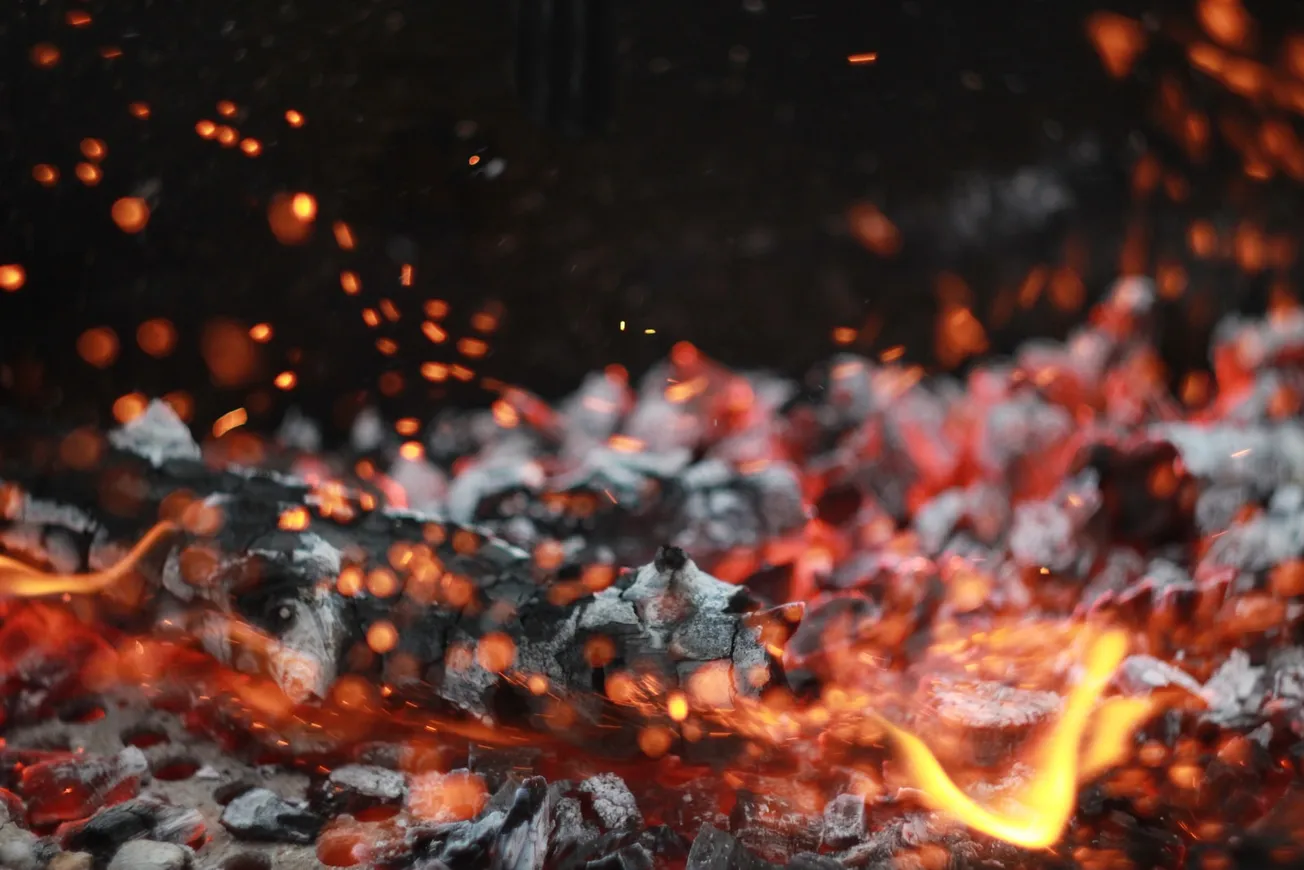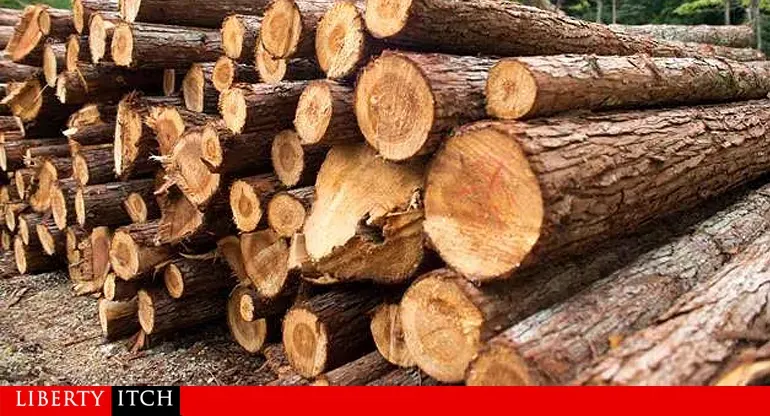Table of Contents
It’s the same old cycle that’s been going on for almost as long as Australia’s been a nation: catastrophic bushfires result in an official inquiry. That inquiry invariably recommends that state authorities engage in vigorous fuel-reduction activity (i.e. controlled burning) during the winter months, to stop fuel loads becoming dangerous in high summer.
Despite all their solemn promises, though, state governments never, ever hold to their promises. Even in recent decades, Victorian and NSW governments have consistently failed to meet even a fraction of their own, self-mandated hazard-reduction burns.
Interference from environmental activists, especially “tree change” types, is often a culprit. In one particularly egregious example, tree-huggers in Gippsland, Victoria, campaigned vociferously to stop planned fuel reduction burns, because of the supposed danger to wildlife. The very next summer, the area was obliterated by a bushfire inferno.
Now, it’s all set to repeat itself. Yet again.
Fuel loads are as high as they were before the catastrophic Black Summer bushfires, farmers warn, as firefighters prepare for a severe season.
NSW cattle farmer David Duff said he had neighbours with grass “as high as the fence”.
“It’s a dangerous situation at the moment,” Mr Duff told AAP.
How have fuel loads managed to get so dangerously high?
He said not enough hazard reduction burns had been done to reduce fuel loads on the NSW Mid-North Coast.
“There was plenty of opportunity in the last four months, but very little has been done,” Mr Duff said.
And by “very little”, he means barely a quarter of what should have been.
The NSW Rural Fire Service said only about 24 per cent of planned hazard reduction burns had been done across the state during 2022/23 because of inclement weather.
“The number one factor for that not going ahead was the weather conditions, the rain, the flooding, that’s meant the crews weren’t able to get out and do that important work in communities,” RFS spokesman Greg Allan told AAP.
We’ve been lucky for the last few summers, thanks to a series of La Nina events, which bring cool, wet weather to Australia’s east coast. But, like all cycles, the La Nina/El Nino cycle is about to turn.
The Bureau of Meteorology has declared an alert for an El Nino weather event, which increases the risk of drought, heatwaves and bushfires.
Six local government areas in NSW entered a bushfire danger period on Tuesday, which means landholders require permits before they can burn off.
The state government last month pledged an extra $10 million for 100 more RFS crew to speed up the “critical work” before summer.
But have they left it too late?
Emergency Services Minister Jihad Dib has conceded a “significant backlog in hazard reduction burns” statewide.
MSN
Yep, it’s always the same old story. These clowns never learn.









